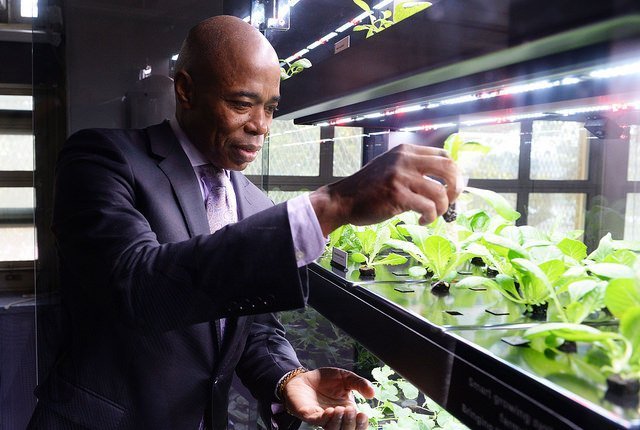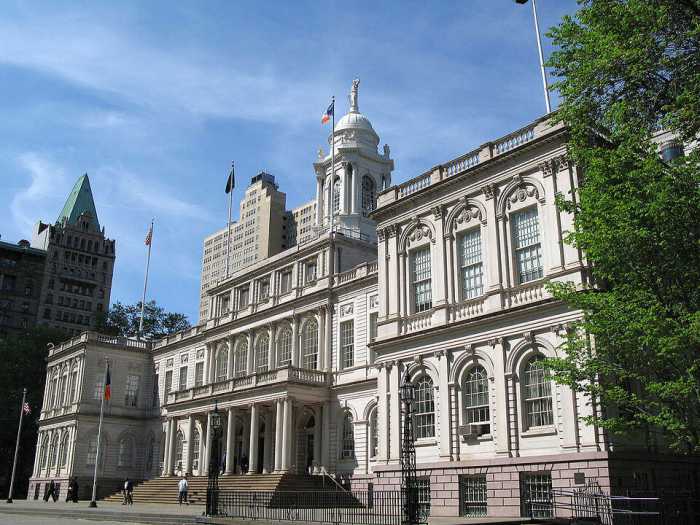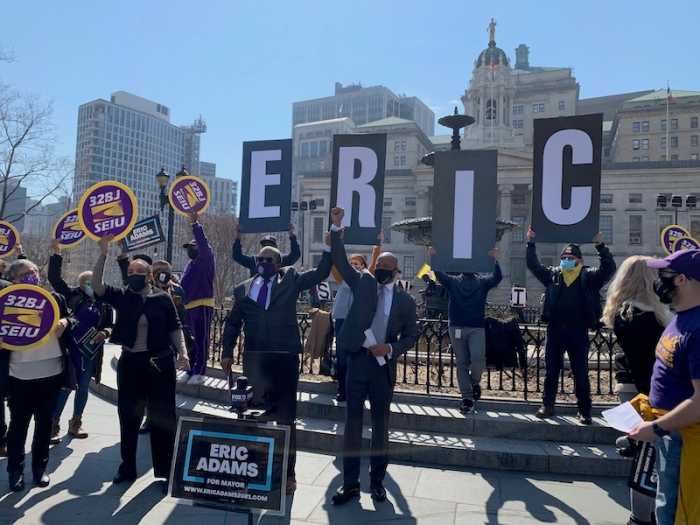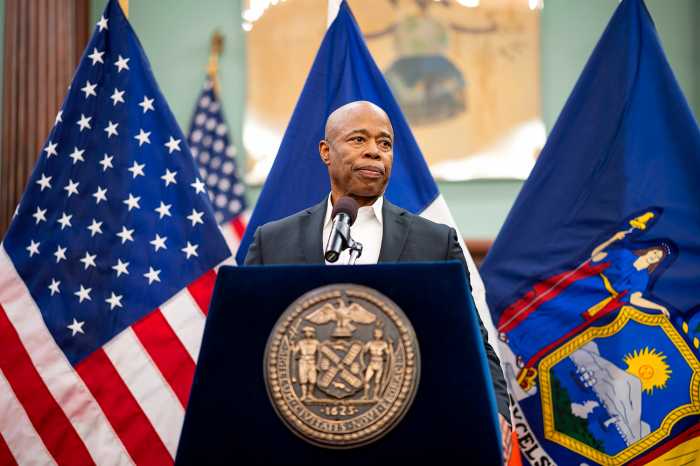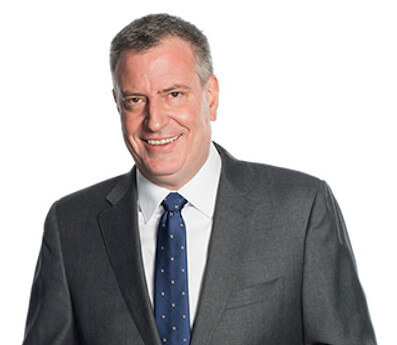It’s Earth Day everybody!
And on this cold, currently, winter-like day in the end of April, which is probably more indicative of climate change than anything, Mayoral candidate and Brooklyn Borough President Eric Adams is releasing his plan for a leaner, greener New York City.
The plan includes a roadmap to upgrade electrical grids to renewables, create green energy jobs, launch a fully-funded recycling campaign at NYCHA developments, and build resilient government and public infrastructure with a wind power hub, more solar projects, reimagined streetscapes, and more green modes of transportation like all-electric buses.
Adams’ environmental agenda is bent on pushing New York City to become a global leader in sustainability, environmental preservation, and green technology.
Something that’s quickly becoming a necessity as the city, under Mayor Bill de Blasio, is right now searching for all the clean and renewable energy sources it can get, such as geothermal, wind, and hydroelectric power, to sustainably move away from a reliance on natural gas and fossil fuels by 2025.
“More than 50 years since the first Earth Day, our planet is in greater peril than ever — and communities right here in New York City are already confronting the grave dangers of climate change,” said Adams.
“From intensifying storms and rising seas to worsening pollution and scorching heat waves, our climate is transforming before our eyes. But we’re a city that prides itself on resilience and innovation — and I know that we have what it takes to not only overcome these challenges but to center the communities that have been most severely impacted and disenfranchised by environmental injustice,” added Adams.
Adams said that he would help protect historically disenfranchised neighborhoods from underinvestments in open green spaces and parks, out-of-control waste and sanitation issues, and “dirty ‘peaker plants,’ ” which is when a power plant uses a non-renewable resource.
“I am determined to once and for all tackle these upstream feeders of poor public health and unacceptable quality of life,” said Adams.
Adams has also proposed creating a green economy curriculum for high school students and building a new career track in schools that focus on the industry. This industry includes plans to innovate and promote green ideas in food production, like urban agriculture, vertical farming, and hydroponics.
Adams’ plan also put forth ways to incentivize innovative waste management and energy-efficient construction design with tax credits for businesses.


